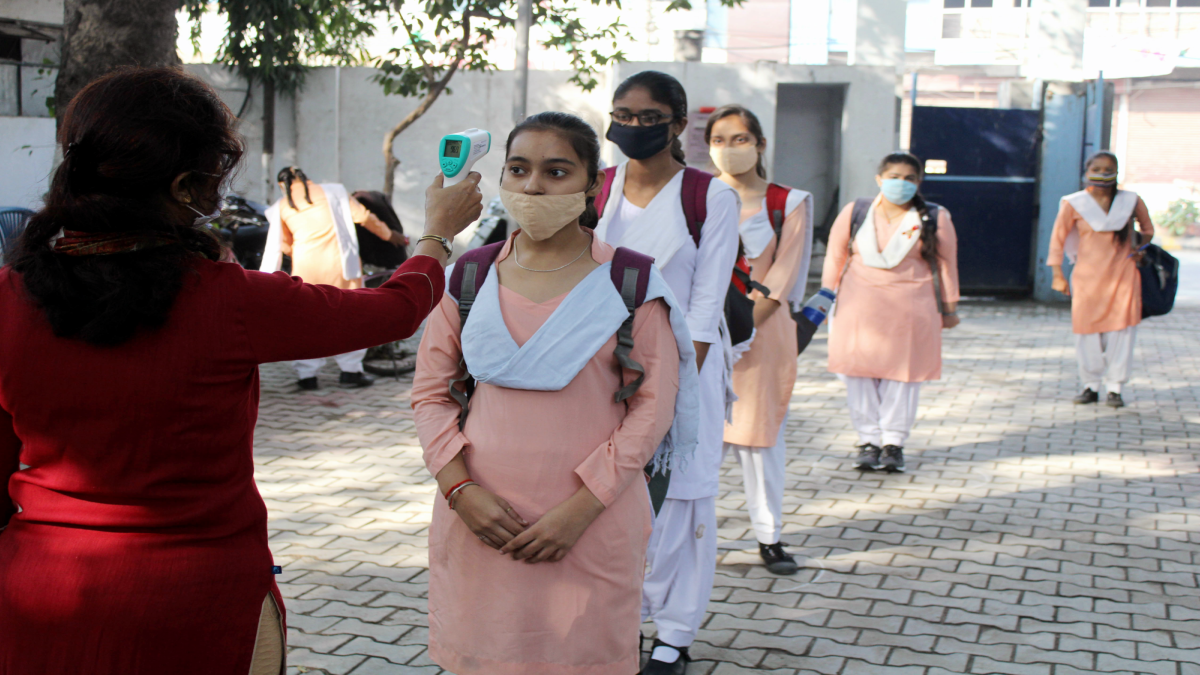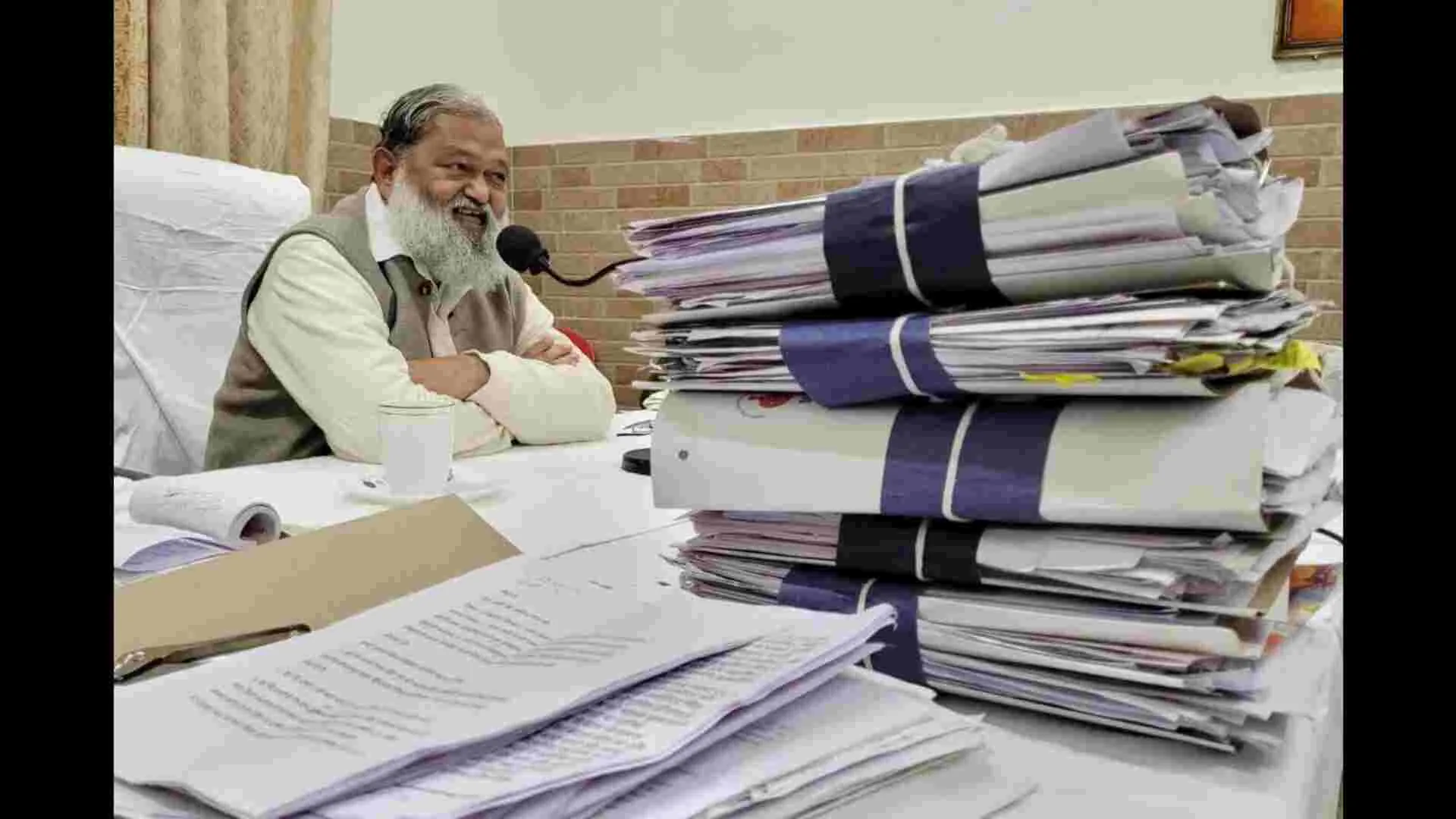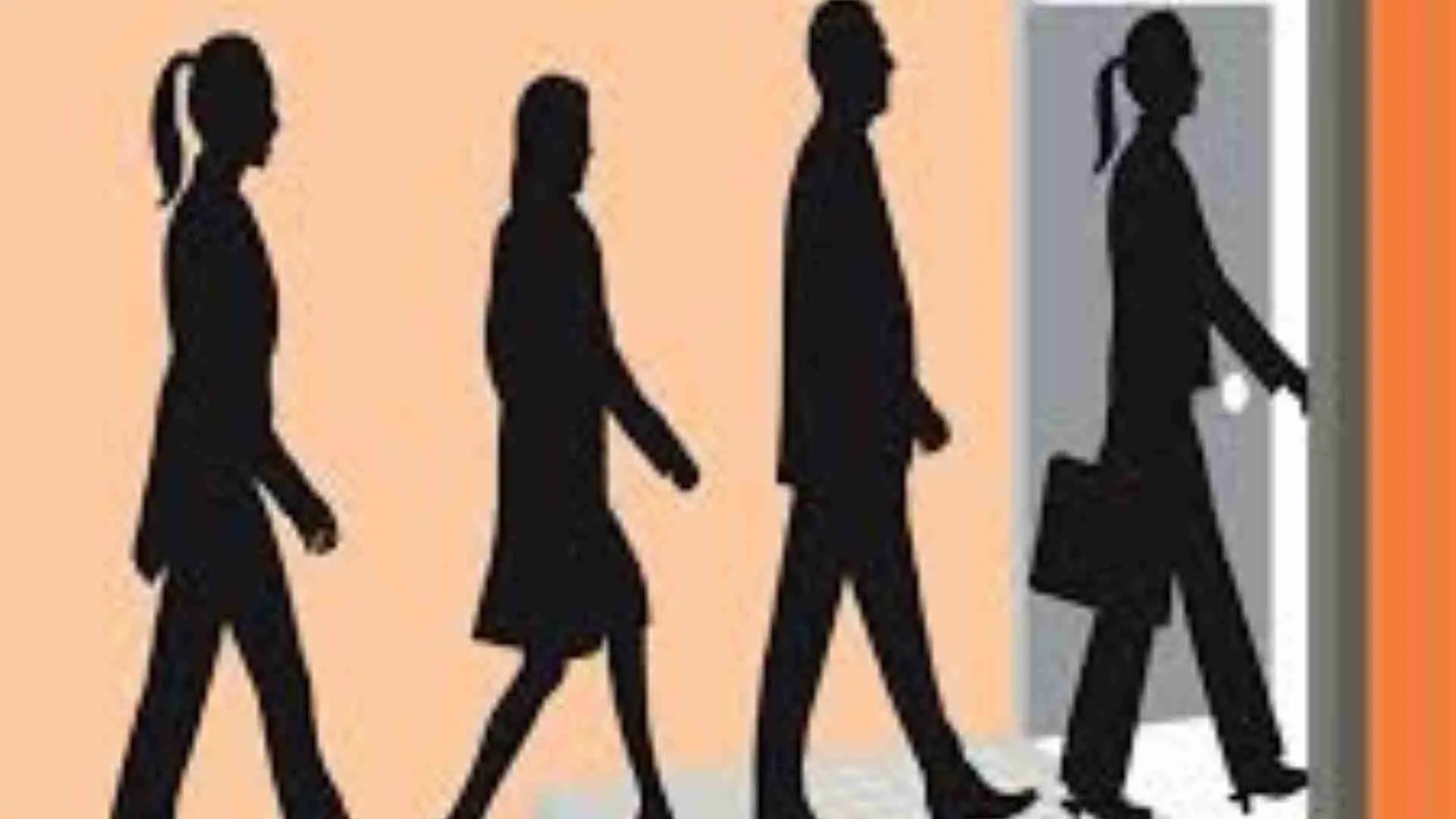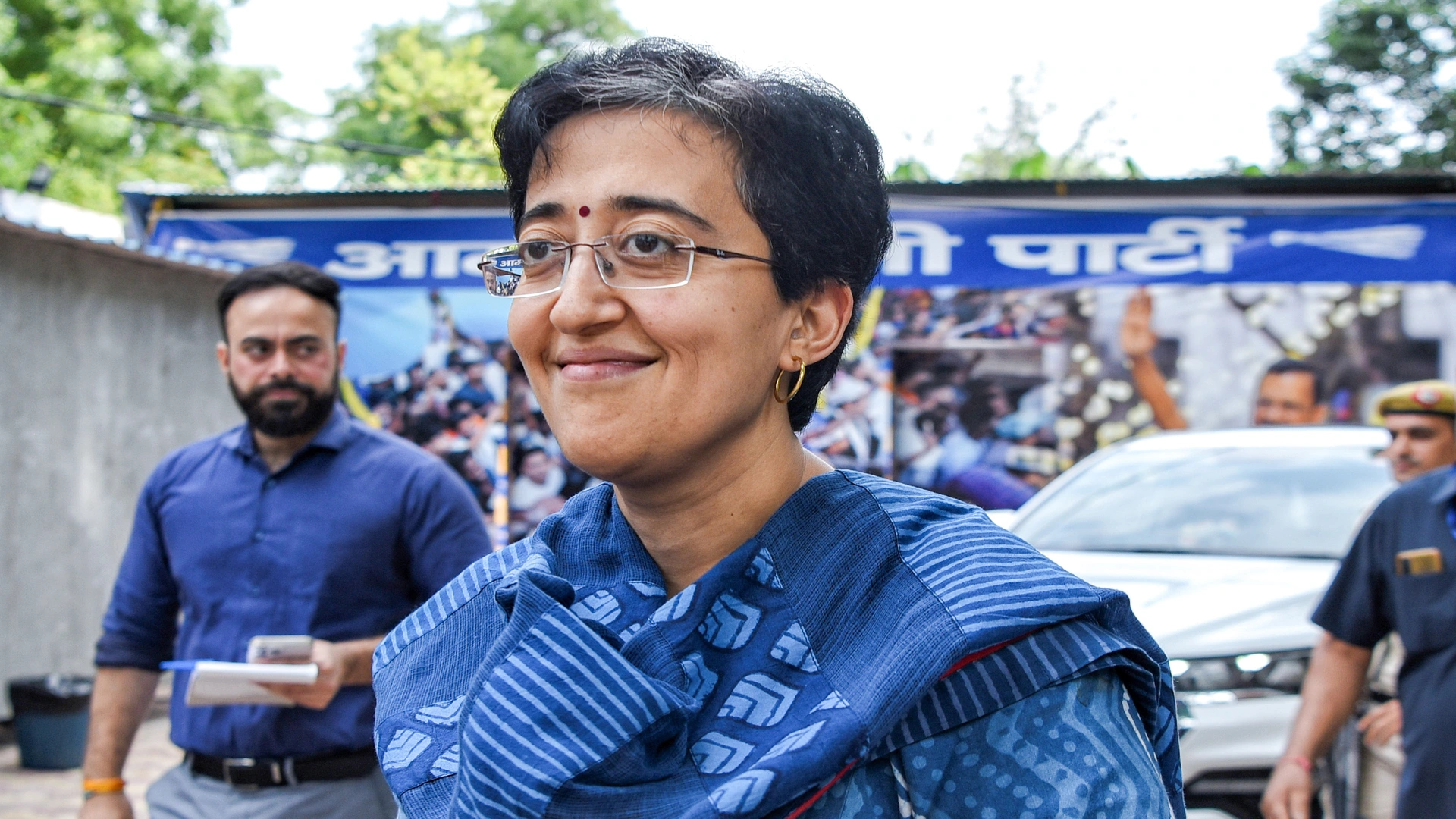The continued increase in Covid-19 infections around the world has led scientists to study the dynamics of airborne transmission. In the study, published in the journal Physics of Fluids, researchers used a model to understand airborne transmission that is designed to be accessible to a wide range of people.
Employing basic concepts of fluid dynamics and the known factors in airborne transmission of diseases, the researchers proposed the Contagion Airborne Transmission (CAT) inequality model.
While not all factors in the CAT inequality model may be known, it can still be used to assess relative risks, since situational risk is proportional to exposure time.
Using the model, the researchers determined protection from transmission increases with physical distancing in an approximately linear proportion.
“If you double your distance, you generally double your protection. This kind of scaling or rule can help inform policy,” said study author Rajat Mittal from the Johns Hopkins University in the US. The scientists also found even simple cloth masks provide significant protection and could reduce the spread of Covid-19.
“We also show that any physical activity that increases the breathing rate and volume of people will increase the risk of transmission,” said Mittal.
These findings have important implications for the reopening of schools, gyms, or malls.
The CAT inequality model is inspired by the Drake equation in astrobiology and develops a similar factorization based on the idea that airborne transmission occurs if a susceptible person inhales a viral dose that exceeds the minimum infectious dose.
The Drake equation is a probabilistic argument used to estimate the number of active, communicative extraterrestrial civilizations in the Milky Way galaxy.
The model includes variables that can be added at each of the three stages of airborne transmission: the generation, expulsion, and aerosolization of the virus-containing droplets from the mouth and nose of an infected host, the dispersion and transport via ambient air currents; and the inhalation of droplets or aerosols and the deposition of the virus in the respiratory mucosa in a susceptible person.
The researchers hope to look more closely at face mask efficiency and the transmission details in high-density outdoor spaces.
Beyond Covid-19, this model based on the CAT inequality could apply to the airborne transmission of other respiratory infections, such as flu, tuberculosis and measles.
With IANS inputs






















